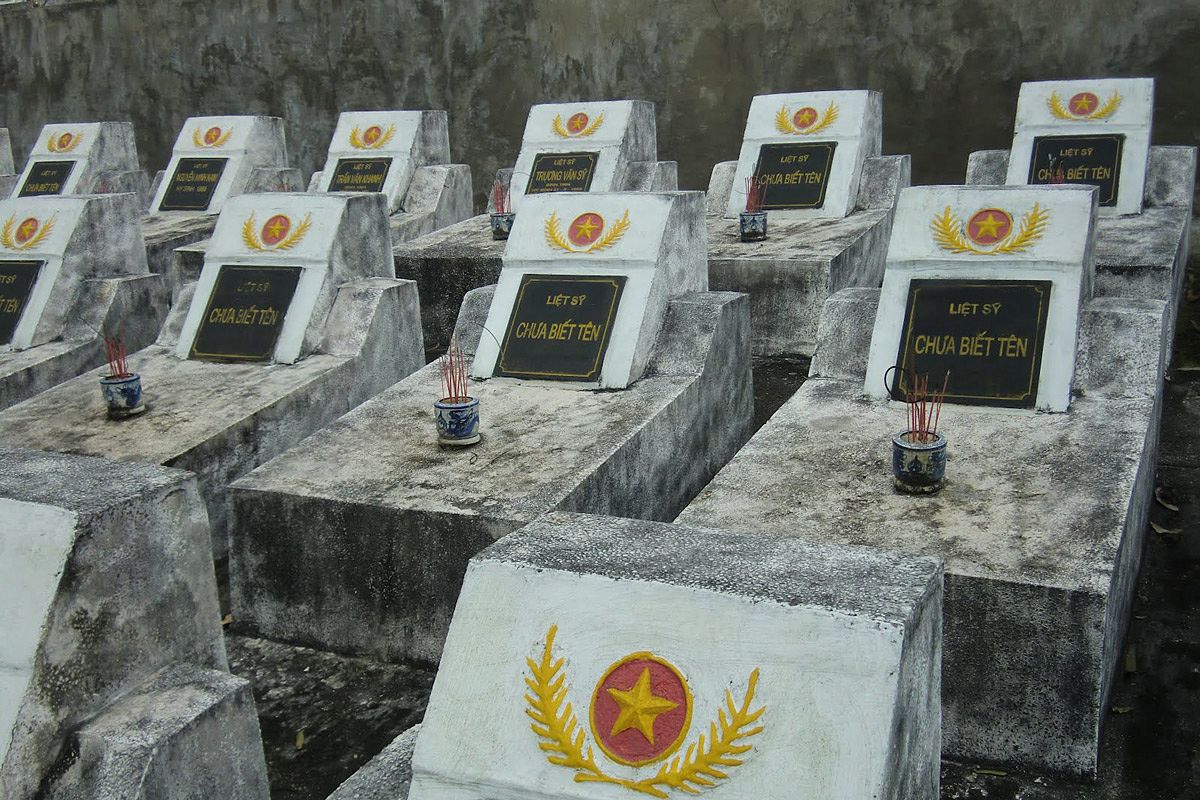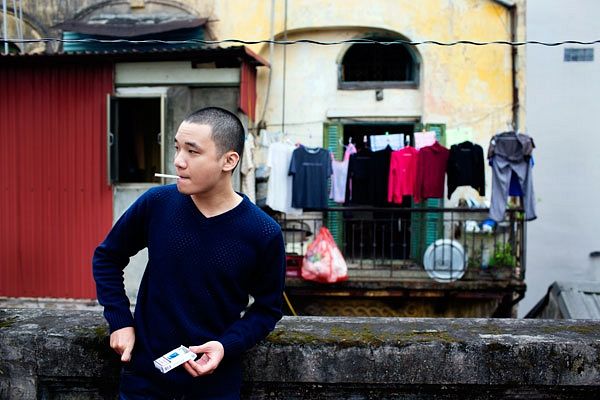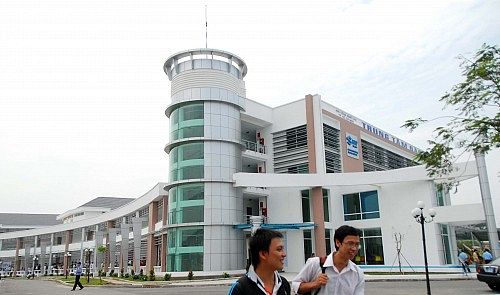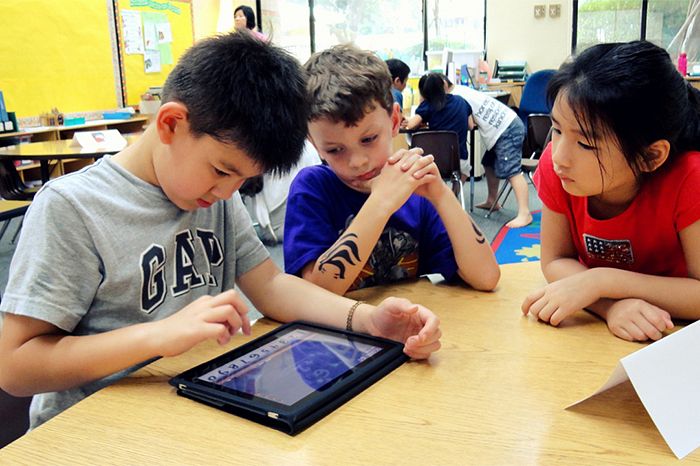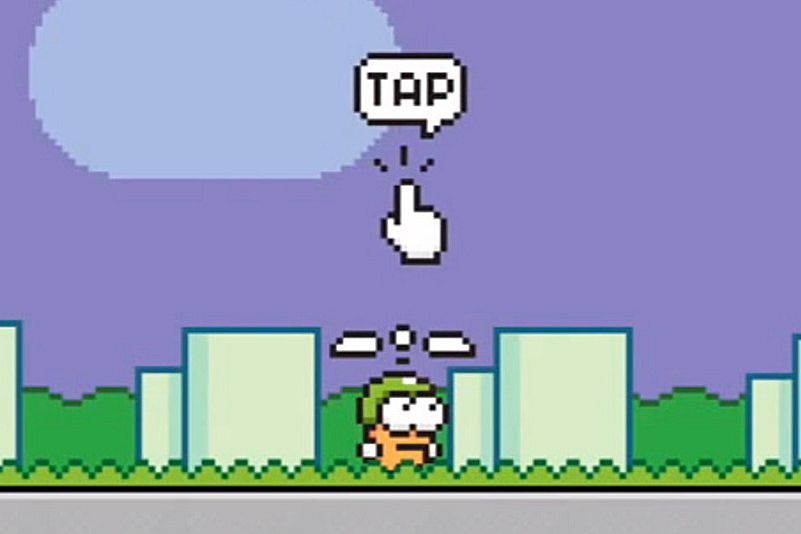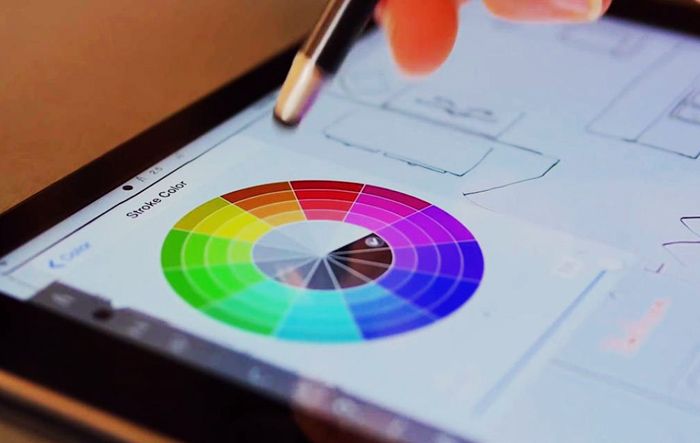Martyr cemeteries are a common occurrence across Vietnam. In countless communes in every province, modest gravestones mark the resting places of Vietnam's fallen soldiers in neat, orderly rows. Truong Son Martyrs' Cemetery, among the largest in the country, holds the tombs of over 10,000 soldiers alone, enough to warrant a 3D map of the site and a directory of the fallen for its visitors. But emblazoned across far too many gravestones across Vietnam is the phrase chưa biết tên – “name unknown”.
While these unnamed soldiers have already been laid to rest, there is hope that the remains of other nameless soldiers – and civilians – lost during the American War may start to be identified, thanks to a new initiative by the Vietnamese government, reports the Scientific American.
The large-scale effort aims to use smart DNA technology to identify the remains of half a million or more Vietnamese lost during the war era. If successful, this will be the largest systematic identification project on record, the next closest being the 20,000 victims of conflict in Bosnia and Herzegovina during the 1990s.
In the aftermath of the American conflict, the United States government was able to quickly identify and repatriate the remains of its own fallen soldiers, however with outdated techniques and minimal funding, Vietnam has struggled to do the same.
A few years back, however, the Vietnamese government approached Hanoi-based Advanced International Joint Stock Company (AIC) for help. The outfit connected government officials with German medical-diagnostics company Bioglobe, and the pair inked a deal last month to provide training and consultation services to local scientists. In future, a handful of Vietnamese scientists will be sent to Europe for a three-month program on new DNA-testing methods, visiting both Bioglobe in Germany and the International Commission on Missing Persons (ICMP) based in Bosnia and Herzegovina.
For the families of Vietnam's war victims, the move is a monumental step toward closure. In 2014, the Vietnamese government invested VND500 billion (US$25 million) into national DNA-testing efforts and promised to upgrade the country's three current DNA-testing centers. Scientists like Truong Nam Hai, head of the Institute of Biotechnology at the Vietnam Academy of Science and Technology, which houses one of the labs to be upgraded, are ecstatic to hear the news. Hai himself has been trying to get such a project off the ground since the 1990s, but due to the country's difficult circumstances at the time there was little funding for such an undertaking.

The war memorial overlooking Quang Tri's Ben Hai River, which served as the border of the Demilitarized Zone during the war. Photo via Wikimedia Commons.
Now, however, there seems to be hope.
“When I was a 21-year-old in the medical corps there, I never imagined that such a project could ever become possible,” Vietnam veteran and genomics pioneer Craig Venter tells the Scientific American. “We thought of body counts as statistics – now, decades later, it may be possible to put names to them.”
That said, there are still several hurdles which may hinder Vietnam's DNA-testing efforts. For instance, Bioglobe chief executive Wolfgang Höppner sees the country's climate and 40 years of development as a potential setback. Thanks to Vietnam's high humidity and soil contaminants, which may inhibit the enzymes required to amplify DNA during testing, getting viable results may prove difficult in some cases.
“The technical challenges are considerable but tractable,” Höppner tells the Scientific American.
In order to identify a victim, scientists must first powder the bone samples before chemically breaking down their cells. DNA is extracted using a kit from German biotech firm Qiagen, which rinses chemicals from the sample which could potentially hinder the test. Another kit then amplifies the DNA to match genomic markers, allowing scientists to identify their subject. For more stubborn, test-inhibiting chemicals, scientists will be required to run manual DNA tests using slower methods optimized by ICMP.
However, that's only half the battle. As with any matching game, there needs to be two similar samples of DNA in order to find a pair. In an attempt to build a reference bank, Vietnam is also setting up a DNA outreach program to obtain saliva samples from the families of war victims. Only by creating this database will scientists be able to find answers.
For the moment, leaders of the project are seeking both DNA samples to build the reference bank and leads on the location of graves. Once the program is up and running and Vietnam's facilities are ready – the country's DNA-testing centers are expected to complete their upgrades by 2017 – Hai at the Vietnam Academy of Science and Technology believes they will be able to identify between 8,000 and 10,000 a year.
[Photo via VNMilitaryHistory]

